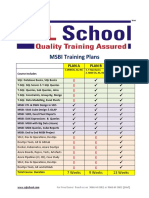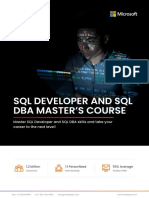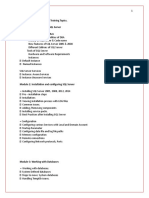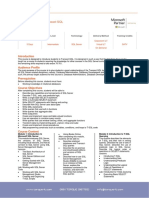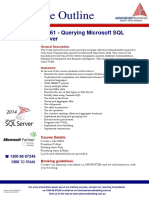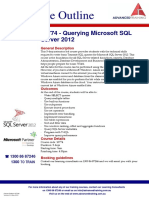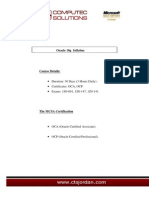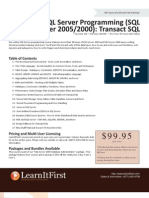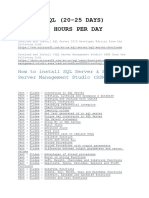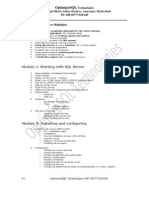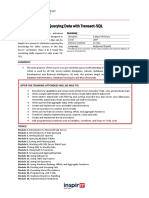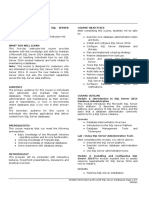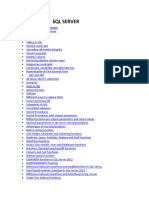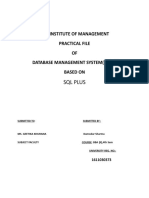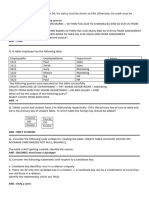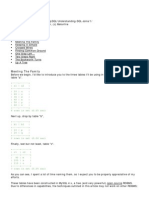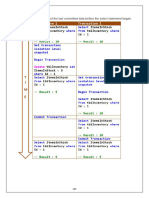0% found this document useful (0 votes)
85 views4 pagesMicrosoft SQL Server About This Course
This document summarizes a Microsoft SQL Server training course offered by Ardent. The 40-60 hour course is designed for beginners and experienced professionals, and covers topics such as SQL Server installation, database design, queries, joins, stored procedures, and triggers. Upon completing the course, students will be able to design databases, write SQL queries, create views and stored procedures, and handle transactions and backups. The course prerequisites are knowledge of relational database management systems. Certification is also encouraged to validate skills learned in the course.
Uploaded by
Jon RoyCopyright
© © All Rights Reserved
We take content rights seriously. If you suspect this is your content, claim it here.
Available Formats
Download as PDF, TXT or read online on Scribd
0% found this document useful (0 votes)
85 views4 pagesMicrosoft SQL Server About This Course
This document summarizes a Microsoft SQL Server training course offered by Ardent. The 40-60 hour course is designed for beginners and experienced professionals, and covers topics such as SQL Server installation, database design, queries, joins, stored procedures, and triggers. Upon completing the course, students will be able to design databases, write SQL queries, create views and stored procedures, and handle transactions and backups. The course prerequisites are knowledge of relational database management systems. Certification is also encouraged to validate skills learned in the course.
Uploaded by
Jon RoyCopyright
© © All Rights Reserved
We take content rights seriously. If you suspect this is your content, claim it here.
Available Formats
Download as PDF, TXT or read online on Scribd
/ 4




